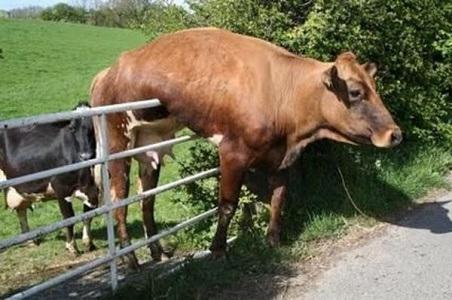Teaching American Humor:
What is funny?
I begin all courses on humor by polling students on their tastes. What do they find funny and why? It is a logical beginning from a pedagogical standpoint because it emphasizes the importance of their voice in the class while also asserting a key point of any study of humor: it’s always personal. Students bring an array of predispositions to the humorous material the course will cover. They know what they like, but they may not be so sure as to WHY they like it. I need to use that tension throughout the course. I must also make sure that while they explore their personal preferences that they also find connections to audiences across time and mediums. In short, I must help them recognize that the personal responses also have historical, social, and political connections.
A questionnaire assessing students’ tastes in humor could take any number of forms and approaches, and I would love to hear other ideas. I am certain that many teachers do something very similar to what I am sharing here.
Here are the core questions focused on getting students to open up about their tastes:
**Do you have a good sense of humor?
Obviously, the class will respond overwhelmingly in the affirmative. YES!! they shout, “WE HAVE A GREAT SENSE OF HUMOR!” This is true, of course, and I congratulate them on this fine accomplishment. It does, however, set me up for obvious jokes as we discuss their answers to the next two questions wherein they provide examples in support of their good senses of humor.
**List two favorite funny films.
**List two favorite television situation comedies.
There is a wide range of answers to these questions, though they lean very heavy to the most recent hits and acclaimed. The Hangover (1 and 2) have earned the most votes for three semesters in a row, though I am certain that run will be gone by next fall–unless two or three more sequels are released this summer. But it is in no way dominant as a favorite. As for sitcoms, The Big Bang Theory and How I Met Your Mother rank high, but, as with the films, there is no real favorite. This list is broad, with most shows getting only one or two votes (out of 35-40 students).
The wide range is the hoped-for response. It gives us an opportunity to mention quite a few films and shows and seek common ground among the varied responses. The more substantive question follows:
**Judging from your favorite films and sitcoms, how would you define or classify your taste in humor?
This is a key moment in the self-assessment. Students cannot just name a recent familiar title; rather, they have to justify it by naming the attributes that lead to laughter. Here is a rather typical range of the phrases they provide:
¨ Dry, Witty, Intellectual, Sarcastic
¨ Vulgar, Unnatural, Tasteless, Crude
¨ Simple, Physical, Stupid
¨ Realistic; Relatable
The two largest responses are consistently the first two above, and they are generally equally represented even though they seem contradictory. I always see a large number that values wit above all else and a large number that values crudity above all else. Some students see themselves in both. The inherent tensions between these two seemingly opposite taste preferences is the crux of the course, perhaps, as students explore the cultural values that encourage–demand–both strains in American humor.
The next two questions lean toward the nonsensical in that they are intentional abstract and somewhat absurd:
**Which is funniest scenario? Choose one:
1. –A man slips on a banana peel.
2. –A man who is showing off his skills as a dancer slips on a banana peel.
3, –A man who has just been dumped by his girlfriend slips on a banana peel as he walks away.
The battle for supremacy is waged between answers 2 and 3, of course. Some students will choose number one because they hesitate to admit any pleasure in the pain of others. A man slipping on a banana peel is enough–small harm, small chuckle. When you add in an element of hubris, then the humor potential jumps up exponentially. Students have little compunction about asserting which of the men in 2 and 3 deserve more derision. The response rates are usually even. The guy showing off deserve humbling; that is an easy choice to make for its humor quotient. Yet, an equal number of students will opt for the other guy, the one they call “the loser.” In all cases, of course, the audience is simply glad they are not the victim of the vagaries of banana peel placement and its inexplicable powers for being so damned slippery. It’s a cold world.
The final question ascertaining students’ taste in humor is the easiest one.
**Which is the funnier scenario? Choose one:
–a group of cows
–a group of sheep
Everybody knows that cows are funnier than sheep. Everybody.

